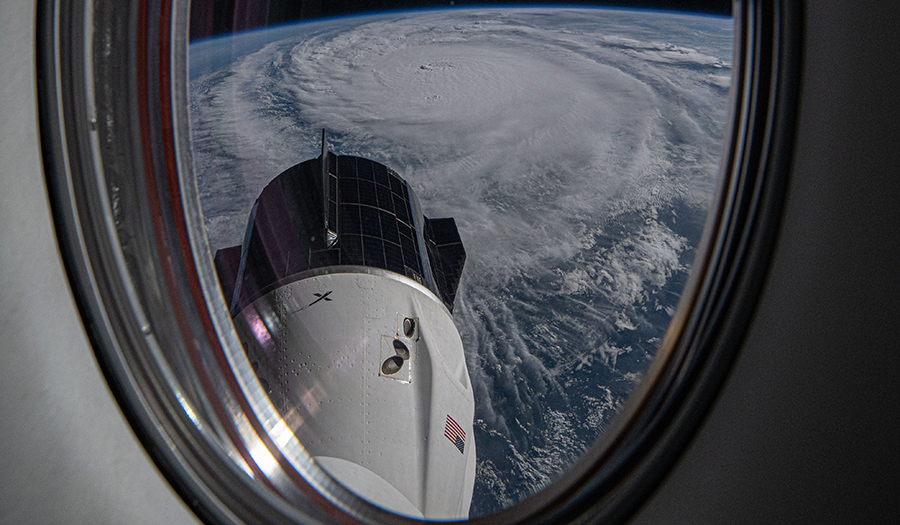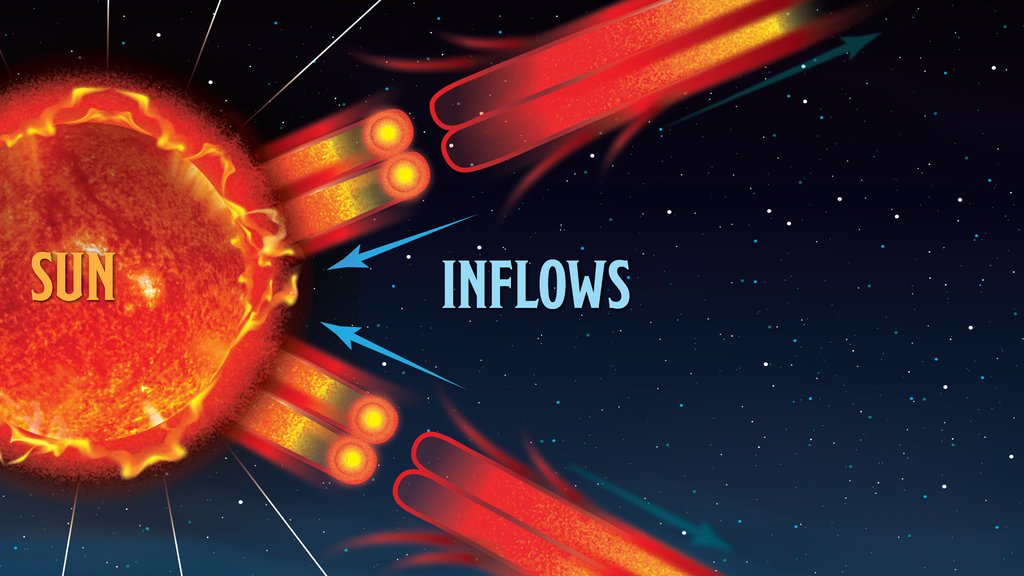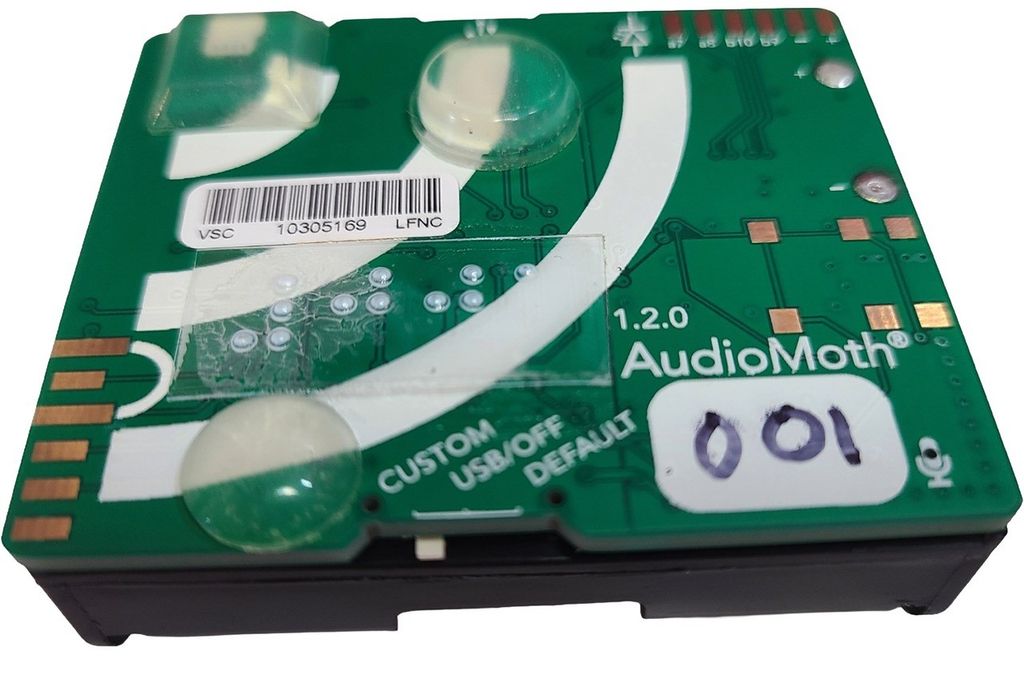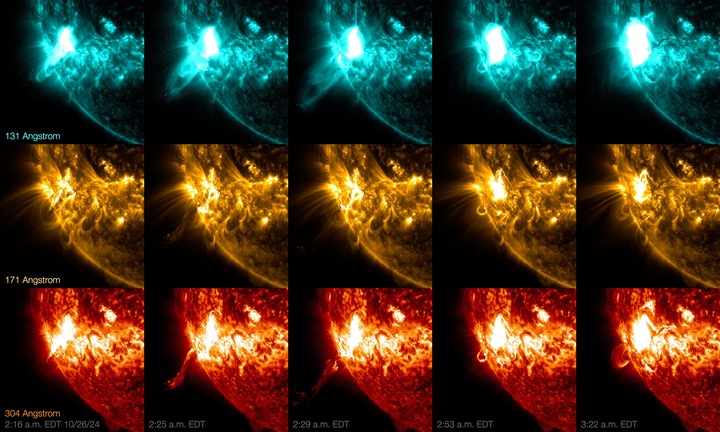The Expedition 72 crew is getting ready for a port relocation maneuver this weekend as a new cargo mission counts down to a lift off next week to resupply the International Space Station. Meanwhile, stem cell research, a spacesuit check, and a host of lab maintenance kept the astronauts and cosmonauts busy on Wednesday. NASA …
Station Crew Gets Ready for Dragon Relocation and Cargo Missions
































